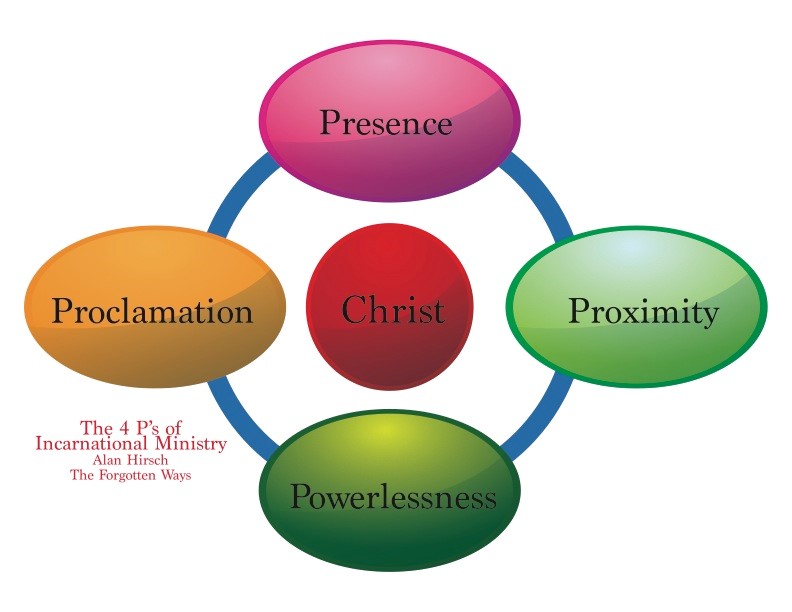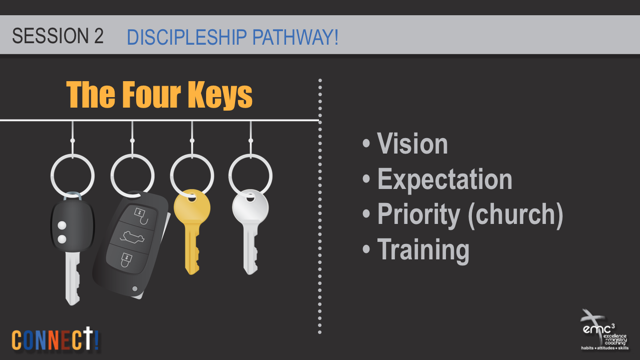August 13, 2013
A guest post by Jeff Stiggins
A vital congregation makes present and impactful the incarnational ministry of Jesus in a particular place. Vital congregations are homegrown. They are rooted in and reflect the culture and people in their communities. Therefore, there are no vanilla, one-size-fits-all vital congregations. Everyone is tailor-made for their particular location. What blooms like crazy in Miami, won’t thrive in Maitland or even grow in Madison. Just as the Son became a particular person in a particular time and place, so congregations embody and continue Christ’s work in a particular community. Vital congregations are always indigenous congregations
We have been working our way through a definition of “missionally vital congregation” with four essential elements. A missionally vital congregation is:
- A unique Christian community of faith,
- Committed to continuing Jesus’ ministry,And in this post we add:
- Planted in a particular place.
To be “planted in a particular place” means that you can never talk about a congregation without talking about its specific missional context. Every congregation in our connection is a strategy of the Conference to reach the people in a particular community for Christ and to have a Kingdom impact there. A church in Key West is irreparably tied to the (A) people, (B) culture and (C) human concerns in Key West.
Vital congregations generally reflect the demographics of the community in which they are located. If the average age of a community is 42, then the average age of a congregation’s members ought to be close to 42. If the community is largely blue collar, then the congregation will be largely blue collar. If the community is a healthy mix of people who are White, Black and Hispanic, then the congregation should pretty much reflect that same demographic mix.
Many congregations once reflected the demographics of the community in which they are located. Over the years, however, the community’s demographics have changed and instead of changing with it, the congregation continued to reach out only to those “like us.” The further a congregation goes down this road, the more separated they become from the very people they were charted to ministry to. Eventually, the congregation hardly reflects the community at all. This is not a missional vitality.
Vital congregations also express their ministry in a style that reflects the culture, technology and values of the people in a particular community. Sometimes we see this more clearly at a distance. A congregation in Navasha, Kenya is going to have a very different style than one in Tallahassee, Florida. People are going to dress differently. The architecture is going to be different. The music is going to be different. The feel of the worship service is going to be different. And the difference is going to be reflective of the different cultural contexts in Tallahassee and Navasha. Vital congregations are indigenous; they are rooted in a particular place; they are homegrown.
What is easy to see at a distance, is less clear when it is up close and personal. Why should I assume the ministry styles that seemed right for my generation will be the styles that seem right for my children’s and grandchildren’s generations? Why should, for example, people that enjoy country music or smooth jazz, rock-n-roll or rap have to surrender their musical preferences for European organ music written in the 1700’s in order to worship? Vital congregations are culturally in sync with the people they are hoping to reach.
Vital congregations address the concerns that are particular to their congregation. I remember meeting with the leaders of a congregation several years ago. In preparation I printed off the Mission Insight executive demographic summary and discovered that there was a very high percentage (over 70%) of families in their area that were single parent families. When I ask the leaders what the congregation did to minister to these single moms and dads, they looked at me blankly. When I asked how many single parents were involved in the congregation, they replied, “None.” I met with another congregation that complained that they had very few children any more. I remembered driving by an elementary school directly across the street from the church and asked how the congregation was supportive of the school. They said that they had no relationship with the school. If congregations are to missionally vital, they must be intentional about addressing the felt needs of people in their community.
In what ways is your congregation indigenous to the people, culture and concerns of your community? Where do you need to be more intentional?



An outstanding article making the case we make at MissionInsite for “location intellegence.” Understanding the unique characteristics of a ministry area allows congregations to better bless their community. Recently I read an article that suggested that Power comes to those with Insight. How very true.
Keep up the good work!
Chuck Salter
President
MissionInsite